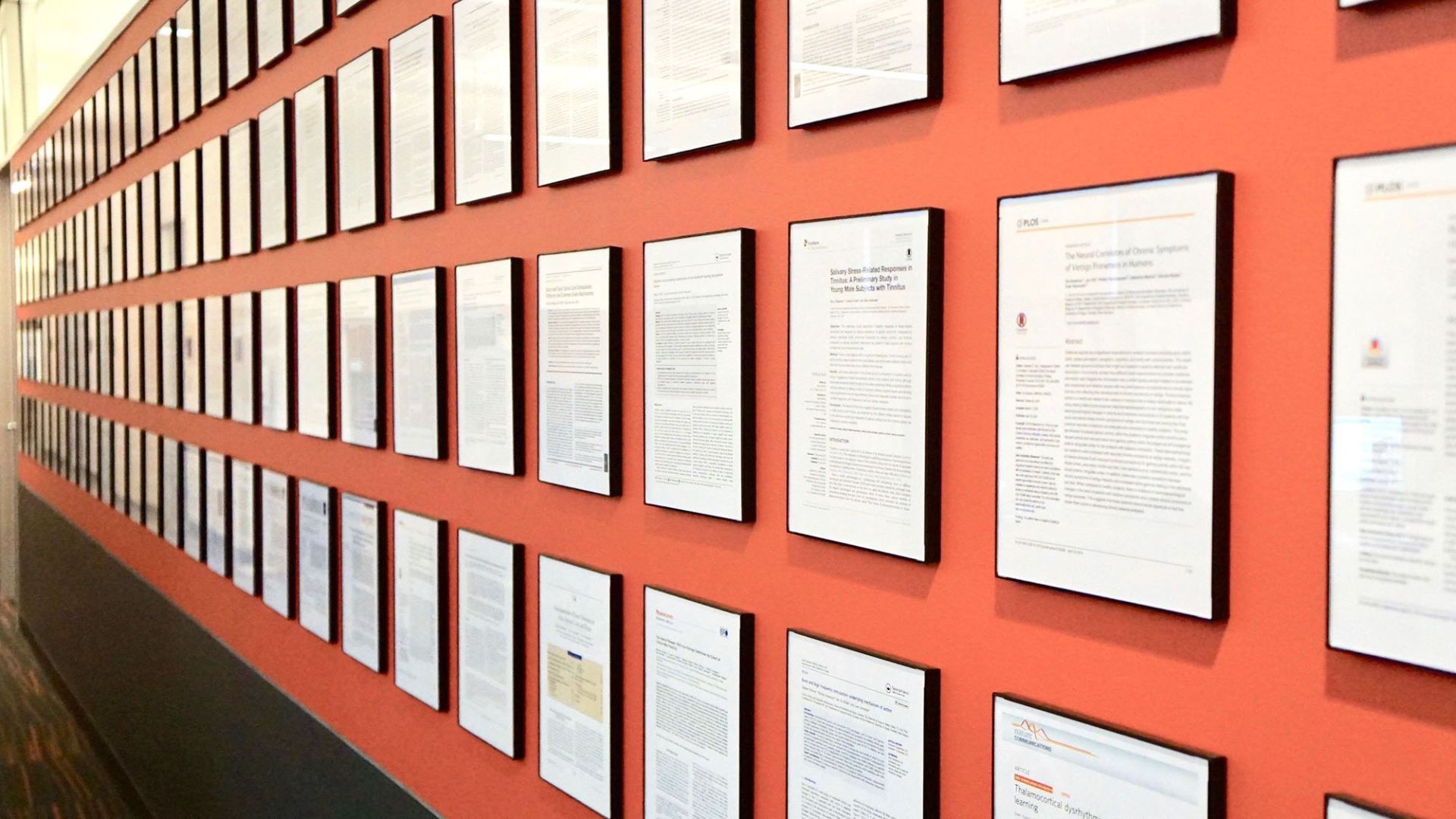
Interview with Dr. Rimenez R. Souza

Vagus nerve stimulation produces immediate dose-dependent anxiolytic effect in rats
Ezek Mathew, Michel N.Tabet, Nicole M. Robertson, Seth A. Hays, Robert L Rennaker, Michael P. Kilgard, Christa K. McIntyre, Rimenez R. Souza
What is this paper about?
The vivid and resistant fear memories are generally described as the core symptoms of Posttraumatic Stress Disorder (PTSD), a condition that may develop in victims of a traumatic experience. But patients with this condition also present heightened and debilitating levels of anxiety. In recent studies we found that delivering Vagus Nerve Stimulation (VNS) to stressed rats facilitates the storage of new safe associations, reducing the maladaptive fear responses. In this study we investigated if VNS could also attenuate anxiety, potentially providing a double-hit by tackling the fear memories and the anxiety in PTSD. We found that VNS promotes acute anxiolytic effects when delivered to rats before testing them in tasks that generate conflict and anxiety.
What got you interested in this topic?
I have been studying the neurobiology of fear and anxiety for over 10 years now. In my view, despite that much advance has been made in terms of understanding the abnormal functioning in neural circuits involved in PTSD, there is still only a few therapeutic agents shown to improve symptoms of this disorder. The most recent meta-analyses indicate that even the approved drugs have limited efficacy or induce important side effects. A few years ago, after our initial demonstrations that VNS could help improving the brain’s ability to re-learn how to suppress the unwanted fear memories, my colleagues and I started to question whether the VNS effects were driven by memory enhancing effects or by a different mechanism that would include attenuation of anxiety. This might be key for the development of future treatments for PTSD and other related disorders, because we could then treat both the core symptoms (fear memories) and the associated emotional impairments (heightened anxiety and arousal).
Why is this paper important? How does it advance the field?
The study describes that a single train of VNS produces an acute anxiolytic effect and that multiple stimulations, similar to the schedule used to induce memory enhancement, can produce a more robust anxiolytic effect. The study is relevant as it provides evidence that VNS reduces anxiety, and it advances the field by suggesting that efficient parameters of stimulation to be used during therapy should be further investigated.
What are the real-world implications of this paper?
Currently, the persistent and debilitating anxiety present in the daily life of patients with PTSD cannot be simply treated with the commonly used anti-anxiety medications. Studies have shown that these drugs have no beneficial effects in attenuating symptoms in long term and can lead to abuse and memory impairments. On the other hand, the gold-standard therapies like Exposure-based and Cognitive-behavioral therapies have shown high dropout rates as they might induce substantial levels of anxiety while patients have to extensively explore the details of the trauma or the symptoms they experience. Therefore, we believe that VNS can be an important adjunct to these therapies by attenuating anxiety and making the process of learning new safe associations more efficient and tolerable.
How did you divide up all the work?
All of our projects are extensively discussed by all team members, before and during the execution. In this particular project, two of the TxBDC undergraduate students were responsible for the execution of experiments, data collection and the first drafts of the manuscript. I believe that completing a research project was fundamental in developing their interests for science. Both of them are now in Medical Schools, and I am confident that the understanding about pre-clinical research acquired during the execution of this project will be fundamental in their careers as clinicians.
What was the most surprising result in the paper?
I believe that identifying that VNS therapy can be adjusted to achieve optimal effects was a key finding in this study.
Were there any interesting setbacks along the way? How did you handle it?
Not really. Both undergraduate students involved in the project were well trained in performing behavioral experiments, however they were challenged by how the surgical procedures to implant VNS cuffs require attention and precision. These procedures are time consuming but also critical step in the project, and given that undergraduates have classes most of the week we had to work on our experiment plan to allow them to perform the surgeries on weekends.
